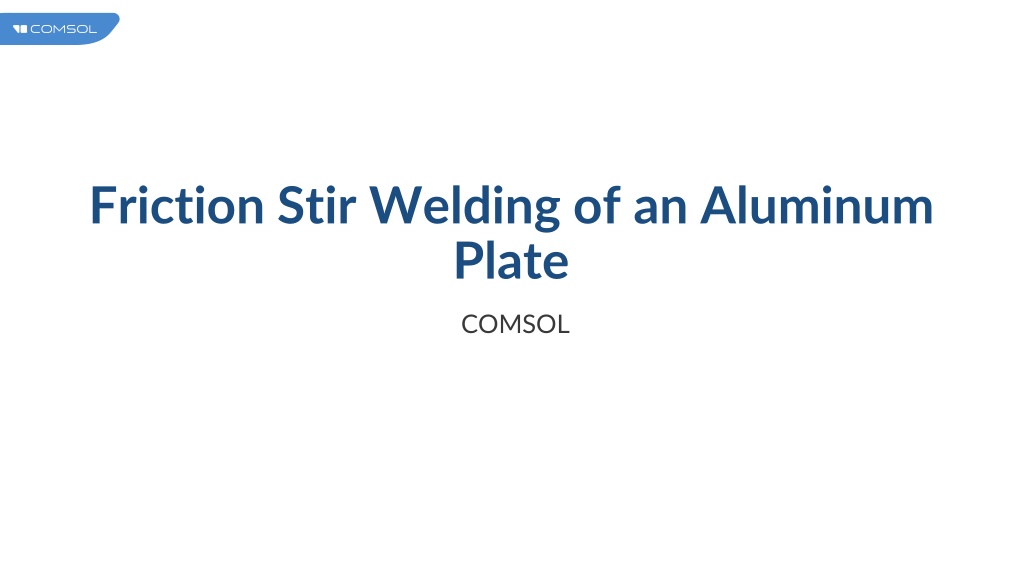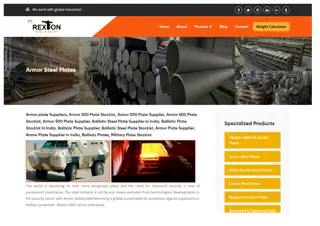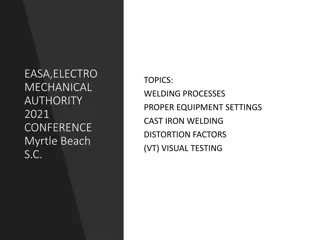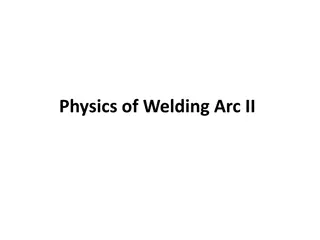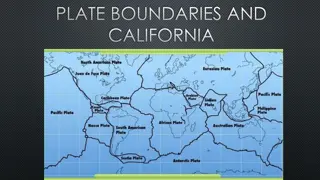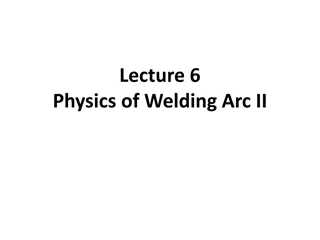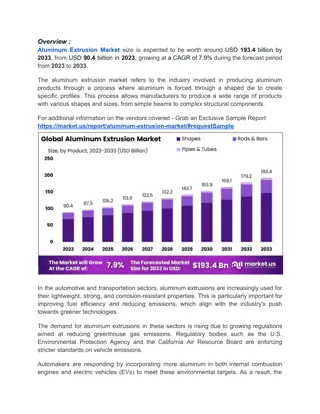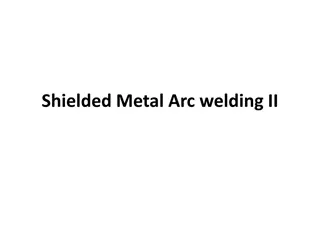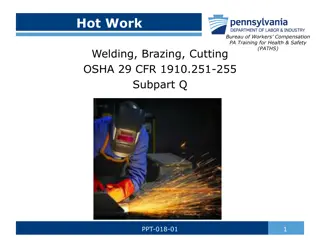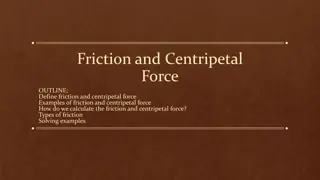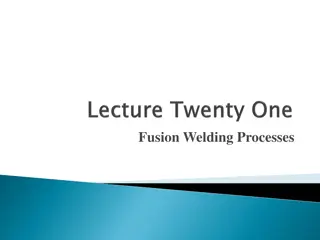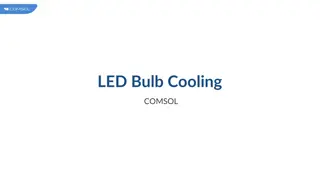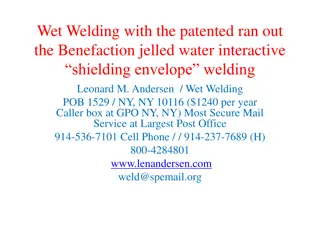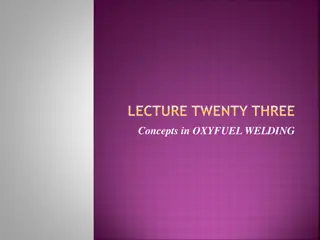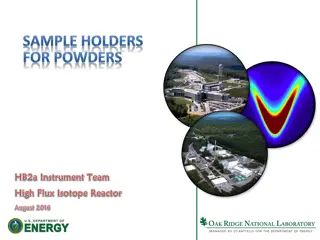Friction Stir Welding of Aluminum Plate: COMSOL Simulation
Manufacturers use friction stir welding to join aluminum plates efficiently. This modern method generates frictional heat to soften the aluminum, allowing dissimilar materials to be welded together. The model in COMSOL considers heat transfer and boundary conditions to simulate the welding process, resulting in a pore-free weld joint with minimal residual stresses. The symmetrical model reduces computational costs by simplifying the representation of the rotating tool. The results show temperature distributions and the melting behavior of aluminum during the welding process.
Download Presentation

Please find below an Image/Link to download the presentation.
The content on the website is provided AS IS for your information and personal use only. It may not be sold, licensed, or shared on other websites without obtaining consent from the author. Download presentation by click this link. If you encounter any issues during the download, it is possible that the publisher has removed the file from their server.
E N D
Presentation Transcript
Friction Stir Welding of an Aluminum Plate COMSOL
Background Manufacturers use a modern welding method called friction stir welding to join aluminum plates A rotating tool moves along the weld joint and softens aluminum by generating frictional heat. The rotation then stirs the softened aluminum so that the two plates are joined This method allows dissimilar materials and plastics to be welded together The result is a pore-free weld joint without residual stresses due to shrinkage Heat transfer between the rotating tool and the plate during welding is considered in this model
Model Definition A symmetry is introduced to reduce the computational cost Instead of modeling the tool as a moving heat source, a moving coordinate system fixed to the tool axis is used Two infinite element domains , before and after the welding zone, are used to model an infinitely long plate Model geometry
Model Definition The rotating tool is divided into two parts: a pin with an inner contact, and a shoulder with a contact surface on the plate. The shoulder itself is not represented Model geometry
Model Definition Heat fluxes from friction with the rotating tool are taken into account on both contact surfaces. They account for the rotating speed and the normal force The heat fluxes from friction are set to 0 if the temperature exceeds the melting temperature Surface-to-ambient radiation as well as convection are considered on the plate Model boundary conditions
Model Definition The right side of the infinite plate, which corresponds to the supply side, is set to ambient temperature Model boundary conditions
Results In this configuration the maximum temperature is 935 K which is slightly higher than the melting temperature of aluminum (T=933 K) There is a thin film of aluminum that melts at the very surface in contact with the shoulder and the pin Cold material arrives on the welding tool as the plate moves Isothermal contours in the domain - In blue, the area where the temperature exceeds 933 K
Results The high temperatures created by the friction with the tool are then transported Isothermal contours in the domain - In blue, the area where the temperature exceeds 933 K
